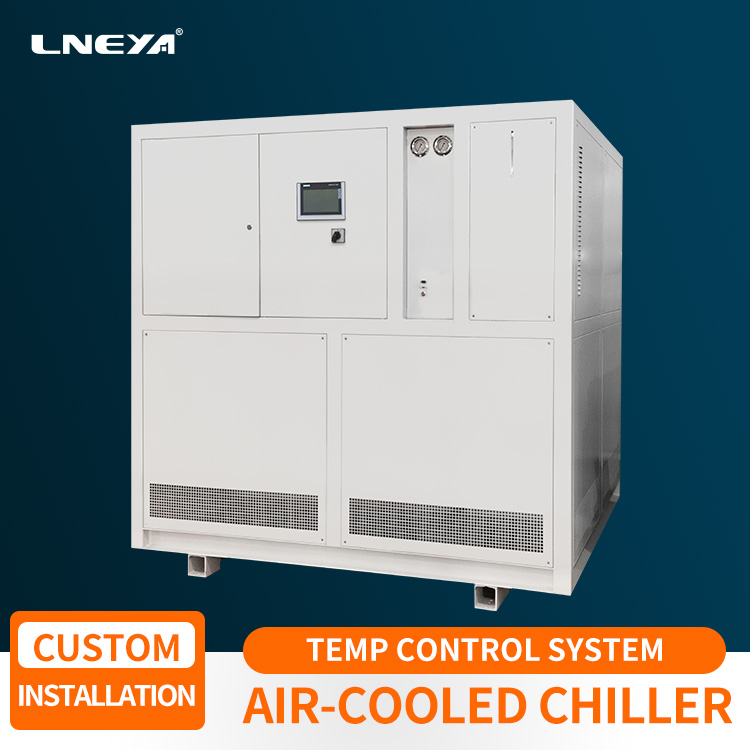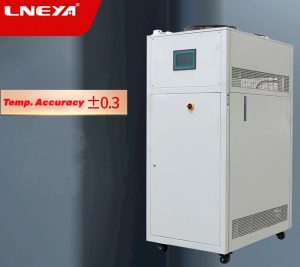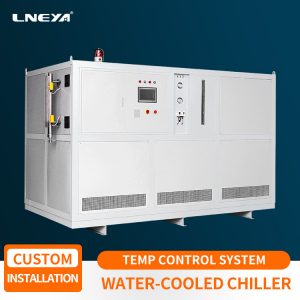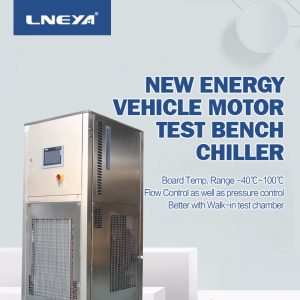Trouble shooting method for refrigeration device of air-cooled chiller chemical reaction kettle
If air enters into the air-cooled chiller refrigeration unit system of the chemical reaction kettle, the impact will be many. Enter the air circulation system first, the pressure will rise, the heat dissipation effect of the condenser will also be affected, and even the air-cooled cold water mechanism refrigeration unit of the chemical reactor will not operate as a result.

Therefore, we must usually develop the habit of inspections, and we should not close one eye when we find abnormalities. If we ignore small problems, they may develop into major problems.
In some cases, equipment problems are caused by long-term use. Machines, like people, always operate, and problems are inevitable. There are two types of air-cooled chiller chemical reaction kettle refrigeration unit, air-cooled and water-cooled, no matter which type, in the case of long-term use, the refrigeration system may leak. But as long as we seize the right time to deal with it, it will not cause any serious impact.
The air-cooled chiller chemical reactor refrigeration unit has entered the air. What we have to think about is how to vent it?
At this time, it depends on what kind of refrigeration system it uses. The ammonia refrigeration system is different from the Freon system.
If it is a Freon system, its bleed operation steps are as follows: close the condenser or liquid reservoir outlet valve; start the compressor; stop; let the high-pressure gas escape from the bypass hole. When the air is exhausted, the screw plug should be tightened, the exhaust valve stem should be reversely rotated, and the bypass hole should be closed.
If it is the pharmaceutical reactor refrigeration unit group of the ammonia refrigeration system, its venting step is as follows:
When using an air separator to discharge air, keep the air separator normally open and all other valves should be closed; the intake valve should be properly opened; the liquid supply valve should be opened slightly; the air discharge valve interface should be opened to the water to see the change of rising bubbles in the water. When stopping the air release, the air release valve should be closed first, in order to prevent ammonia gas from leaking out, and then close the liquid supply throttle valve and the mixed gas inlet valve. The purpose of this is to prevent the pressure in the air vent from rising, and the return valve should not be closed.
Wuxi Guanya (LNEYA) reminds: In order to avoid wasting refrigerant, the time of each deflation should not be too long, and it can be performed multiple times in a row.
Related recommendations
-
Harm of dust to thermal oil temperature control system of reactor
1368Dust in daily work will also have a certain impact on the circuit board work of the thermal oil temperature control system of the reactor. Dust is an unevenly dispersed system composed of particles suspended in the air. It mainly comes from indu...
View details -
2019 CPHl China | LNEYA W5P22 Exhibition Site&Wonderful
1609From June 18th to June 20th, 2019, the 19th World Pharmaceutical Raw Materials China Exhibition - CPhI China 2019 was held at the Shanghai New International Expo Center. LNEYA took a variety of equipment to the W5P22 booth, which lasted for three ...
View details -
What are the reasons for the power consumption of large-size refrigeration units?
1474During the operation of large-size refrigeration units, the cooling capacity and working conditions are the main issues of power consumption, but in order to avoid some unnecessary power consumption, we need to understand clearly. When the scale o...
View details -
What do you need to consider for a car battery cooling water cycle heat exchanger?
1452The car battery cooling water circulation machine has always been one of the most popular equipments. The design of the heat exchanger piping also needs to be designed. What aspects should be considered? There are many types of heat exchange equip...
View details
 LNEYA Industrial Chillers Manufacturer Supplier
LNEYA Industrial Chillers Manufacturer Supplier














